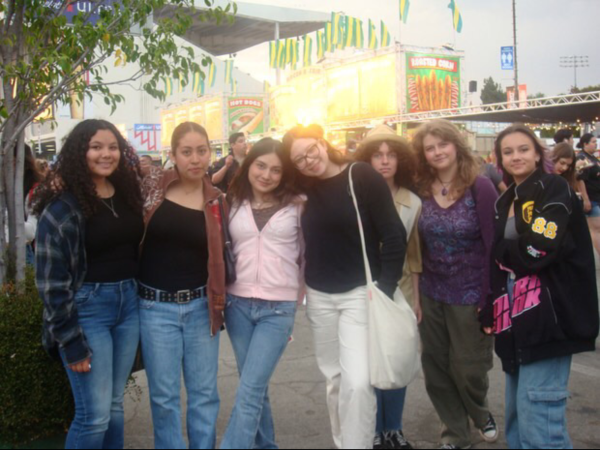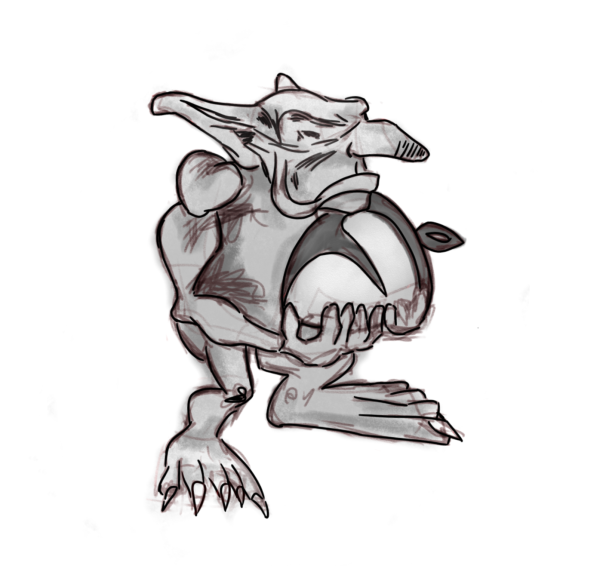The Star test is not a five-star experience
The reading comprehension test has reached the point of uselessness.
As soon as an English teacher says, “we’re going to be taking the Star test today,” everybody groans and resigns themselves to another boring day in class, set to take the same test they have taken three times a year ever since they can remember.
As any student from CUSD knows, the Star Reading test is a test designed to give data to the State on one’s reading comprehension skills, vocabulary knowledge, and ability to analyze texts. An adaptive test with questions that change in difficulty based on one’s previous answers, the test gives an approximate grade equivalent reading level, percentile rank, zone of proximal development, and more. While it may be marketed as “adaptive,” at the high school level, the questions tend to be the exact same each and every time the test is taken. In fact, after the first 10 vocabulary questions out of 34 — which are already obscure and have their own issues — the remaining 24 questions appear again and again in one’s tests over the years. There is the question about the redhead in the green dress, which matches her features perfectly. Is it the narrator indirectly voicing Anne’s thoughts about her dress, or is it Anne herself saying it? Then, there is the question about the theater hanging on by a shoestring and the one about the new water basin project that will “make dollars and make sense for all of us.” Wait, is that a play on words? Next, there is the paragraph with the information from 2001 about how ebooks are limited in availability and are worse than traditional books — did it occur to the student that the information is 22 years old and outdated?
This article could go on and on about each example remembered off of the top of one’s head, but for the paper’s sake, it will be stopped here.
By the time students are in high school, they have seen the same questions so many times that the test no longer accurately assesses what percentage of the school can comprehend and analyze samples of English writing, but instead assesses the percentage of students that can remember what they answered in the past to get a high score and see who knows the random meanings of various semi-obscure words asked about in the first section. The entire idea that the test gives accurate data to the State to determine school rankings is utterly false, as one’s answers only depend on cheating. If people have taken the same test multiple times over the years, is it really accurate anymore?
In the first 10 questions, fill-in-the-blanks and questions about definitions are utilized to measure each student’s knowledge of general vocabulary but in reality are opportunities for the test creators to either ask softballs (for example, the definition of cryptic), truly diabolical questions about the most random words that one will never see in a high school level (such as accession), or simply odd questions about words based on their etymology (for example, philanthropy).
As the questions have not changed at all in recent years — the question about eBooks with information from 2001 has remained the same, becoming more and more outdated as time passes — the Star Reading test is losing its value and ability to assess students’ reading comprehension. So why is it still being used today, and not left behind as a thing of the past?
Hello there! Our goal is to provide relavent, engaging journalism for readers of all ages. Your donation will support the student journalists of the Wolfpacket at Claremont High School, and will allow us to purchase equipment, print our monthly issues, and enter in journalism competitions. We appreciate your consideration!

Mayo Ou is the Head Editor-in-Chief of the Wolfpacket and a senior at CHS in her fourth year on the staff. Her goal this year, other than not procrastinating...









